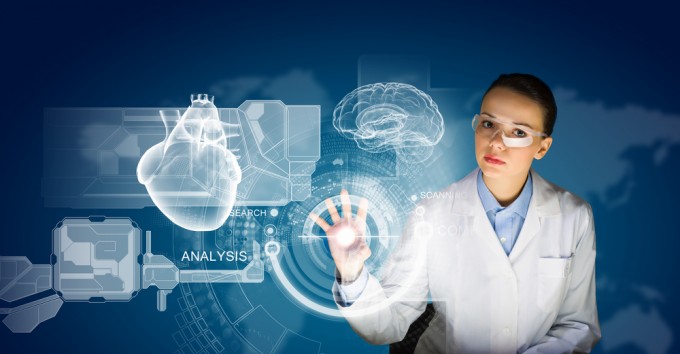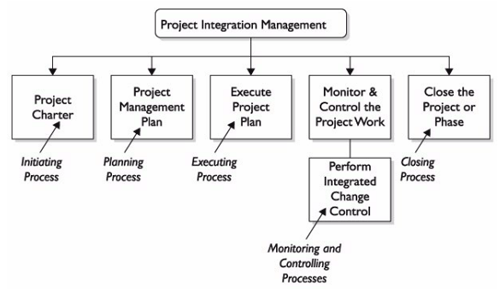The EU Meltdown

Down goes one more government.
This time, the victim was Italia and its prime minister, Matteo Renzi. in a very vote last Sunday, Italians overpoweringly rejected a Renzi-backed commit to reform the country’s constitution. In rejecting the vote, Italians were conjointly rejecting Renzi, World Health Organization had pledged to resign from workplace if the vote failing.
So, he bid farewell on Monday.
His defeat was a triumph for a party called the 5 Star Movement — a bunch of populists that has become Italy’s largest opposition party and that, therefore, appearance possible to say the prime minister’s post.
This won’t mean a lot of to most Americans. And world stock markets definitely sighed with hearty indifference on Monday morning.
But that doesn’t negate the importance of Italy’s vote. It’s another sign of the worldwide rebellion I wrote regarding within the Dec issue of Total Wealth corporate executive.
Despite the neutrality, what ultimately comes of this vote are going to be quite painful for all people and our wealth…
The markets square measure merely wrong. Of that i'm 100% assured.
That won’t be therefore obvious within the immediate future. Wall Street, above all, is simply too high on post-election monoamine neurotransmitter and also the belief that the Fed can finally raise interest rates once more — proof too several believe that our still-limp economy is powerful. The degree of wrongness can, however, become far more obvious over following twelve months.
Brexit, Trump and Italia share a standard denominator: a rejection of world superelites and also the political and economic levers they management in capitals everywhere the Western world.
Across America and also the world organisation, the establishments of state square measure underneath assault by a movement best outlined as chaos. It is not, however, chaos in its most negative kind — aimless in its rampage and resolute on destruction at any value. It’s chaos taking the shape of thoughtful recalibration. Chaos in pursuit of meaningful modification.
It’s angry and unquiet, however it's a degree to form, which purpose isn’t all bad: The parasitic category of superelites has impure free enterprise to extract worth for themselves at the price of everybody else, and either governments modification the principles by that this game is rigged … or we tend to the folks can modification governments.
And since governments square measure obligated to the hands that feed them — the parasitic superelites — we tend to the folks square measure coming back to the belief that we tend to square measure referred to as to duty as agents of modification.
Italy won’t be the last example of this revolt.
My bet is that Marine lupus erythematosus Pen — a French Trump, solely with make-up — wins the presidency in France next spring.
In the Holland, the party for Freedom is currently the largest political power in Dutch polls, which means its extreme-right leader Geert Wilders can possible be prime minister.
The European Revolution
Ultimately, what we’re seeing is that the disintegration of the ecu Union happening in real time.
The media don’t see it that means, nor do politicians (at least not outwardly). They refer the legal and constitutional processes and procedures necessary for Brexit or Italeave or Frexit or Netherexit — or the other exit — to achieve actuation a rustic out of the ecu Union. They with confidence purpose to it like the protection of processes and procedures truly matters to anyone aside from politicians and bureaucrats. It’s laughable, at best.
Deaf, dumb and blind — and perilously out of bit — at the worst.
The American Revolutionary War wasn’t the legal path for aggrieved Brits to interrupt freed from the king’s shackles. Nor was the revolution. Nor the Cuban Revolution or the Bolshevik Revolution or the Iranian Revolution. No social group of significance in history followed the principles of their modern elites. They bust the principles in exacting modification, which is, by definition, exactly what a revolution is regarding.
Why would this point be any different?
If the courts in European country or Italia, or within the sclerotic halls of the ecu Union, rule that Britain or Italia cannot lawfully disengage from the Union, despite what the bulk of native folks want … well, will anyone honestly suppose the bulk of native folks square measure simply gonna scuff their feet within the dirt and say, “Dang! Well, we tend to gave it the faculty attempt.”?
People who feel place upon and discharged by the system forever rebel against the system at some purpose. they're going to have their freedom.
Which is my means of predicting that Brexit and also the Italian vote square measure the primary blows of a wrecking ball slamming against the ramparts of fort Europe.
French and Dutch voters choosing ultraright populists in a very few months can announce the breach within the wall that sees Europe devolve back to individual fiefdoms.
And that are going to be AN economic disaster for the globe, together with U.S. markets…
Protect Against the Chaos
The end of monetary unitpean|the ecu|the eu} Union means that the death of the euro and also the come of individual currencies … which implies that the world’s largest shopper coalition (some 600 million buyers) can not exist.
Multinationals everywhere the globe can feel the impact of that, as can firms all across Europe.
As individual currencies emerge from the monetary unit, sure currencies can rise sharply in worth, notably a replacement mark, a replacement Dutch guilder, a replacement French franc and a replacement Austrian monetary unit.
Most of the remainder can plunge … which implies shoppers across a lot of of Europe won't be able to afford product created in Europe’s leading economies … which implies firms across those leading economies can see sales tumble markedly … which means recession — or worse — in those economies … which implies a pointy lag for firms within the U.S., China and Japan.
So, basically, the economies that drive the globe are going to be slowing/potentially blooming.
This is what revolutions do — they upset the established order to introduce a replacement order.
And the solely plus which will survive?
Yep. you recognize the solution … gold.
Buy it now. It’s low-cost relative to wherever it’s going because the plenty take up arms against the elites.
Grab no matter physical gold you wish (never paper gold; that stuff faces a crisis).
Personally, I’ve been shopping for raw gold coins that were utilized in nineteenth and twentieth century trade. however you may even as simply get bullion.
Either way, gold is your solely insurance against what the Italian vote portends.
Read More »

























